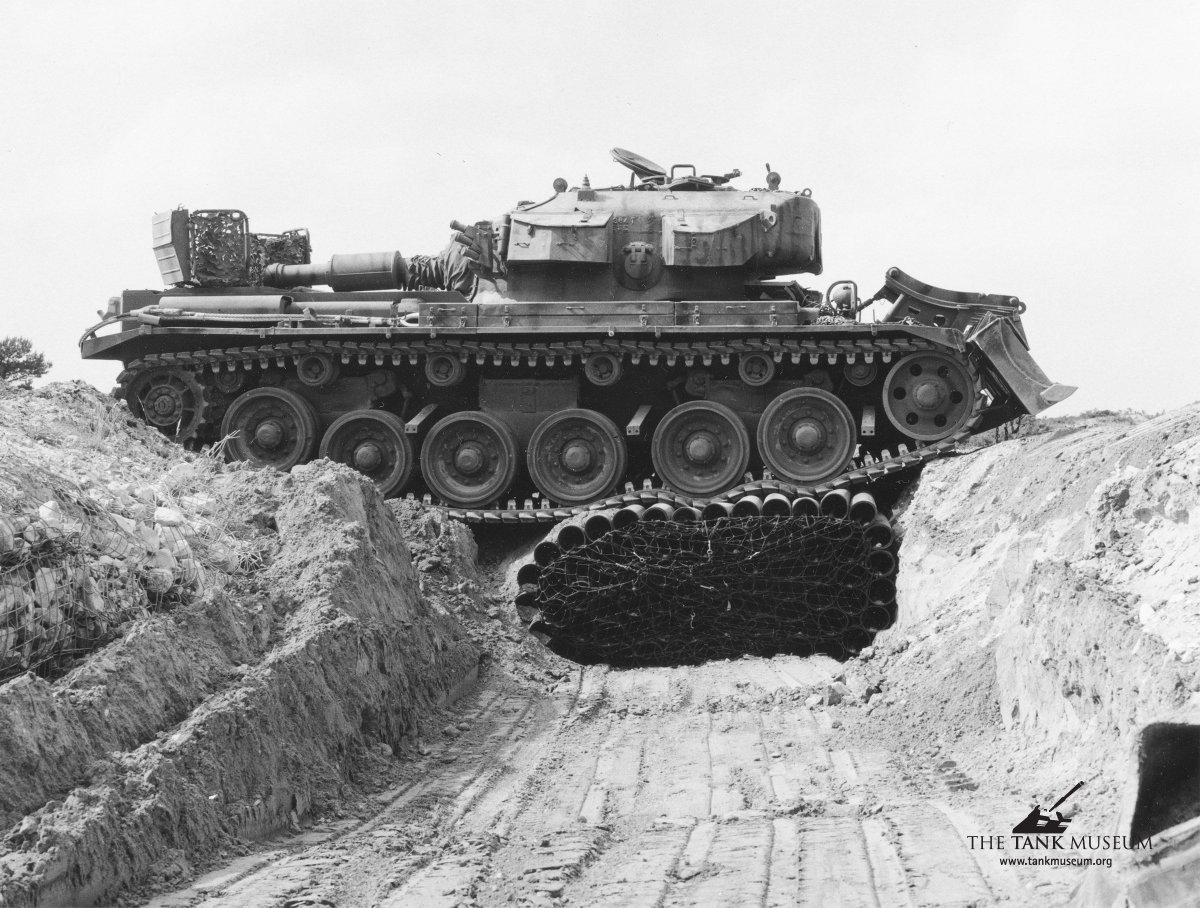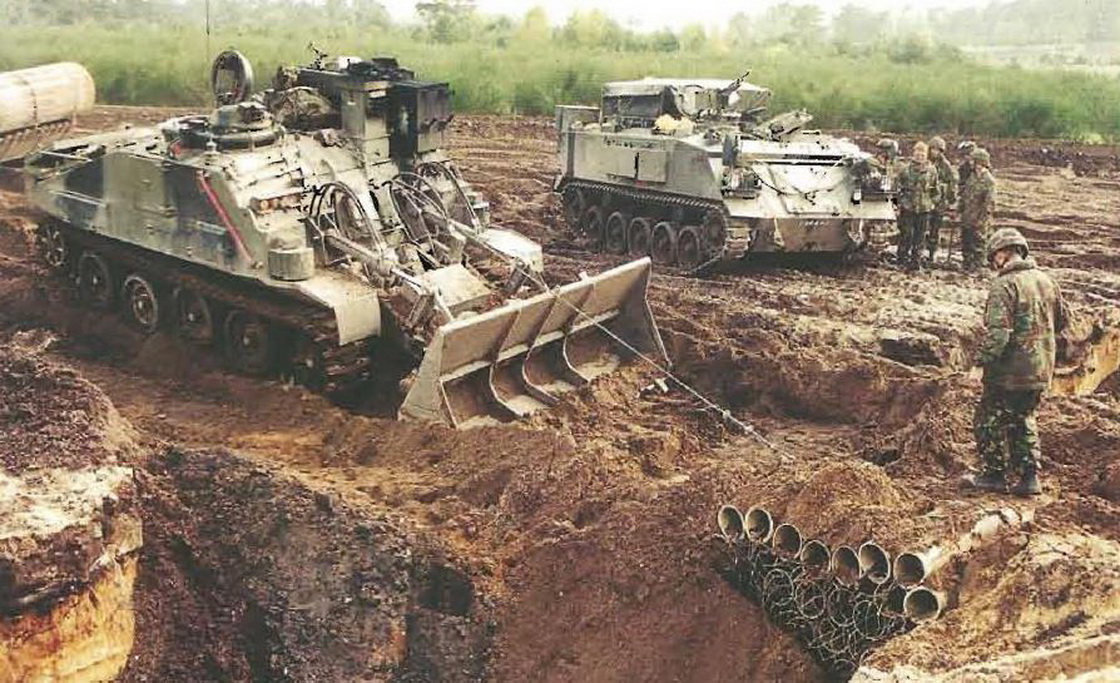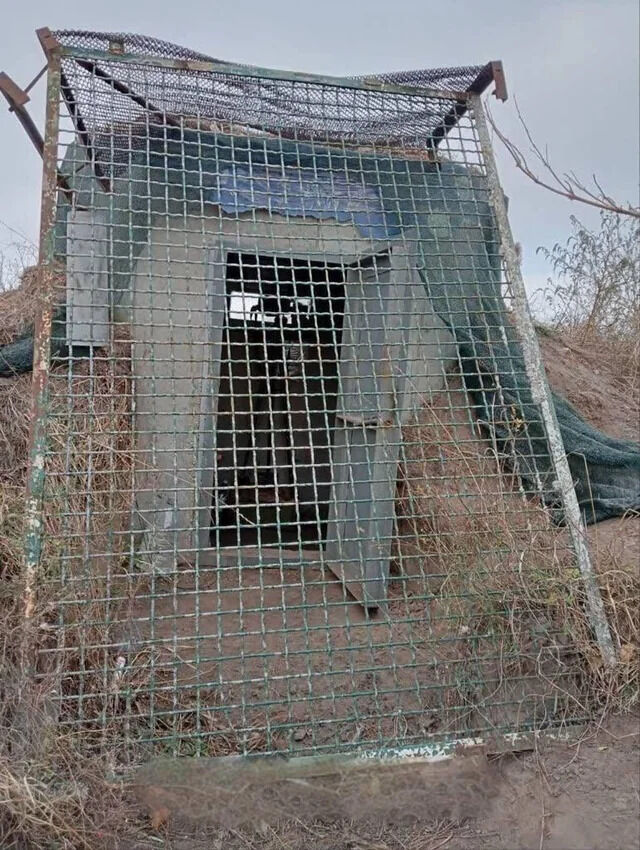A fascine is the simplest of gap-crossing methods, nothing more than a bundle of pipes or sticks. They are as old as my favourite pulling pants but much more effective
A thread
1
A thread
1

They have been used since the early days of warfare, in the published work, a Treatise on Ancient Armour and Weapons by Francis Grose, published in 1786, he mentions their use a number of times.
2amzn.to/44KzgIT
2amzn.to/44KzgIT
Derived from the Roman word Fasci, its greatest advantage is that it can be constructed more or less on the spot, it is a simple device. With the introduction of the first tanks in WWI there was an obvious need to breach gaps, trenches everywhere!
3
3

I won't go into the history of Ypres v Cambrai and the first use of tanks but in November 1917, the first use of tanks and fascines achieved success at Cambrai.
4
4
Prior to the battle, 400 fascines were built, mostly by the 51st Chinese Labour Company, attached to the Tank Corps Central Workshop. Each was 11 feet in diameter and 10 feet long
5
5

The old stomping ground of the forest of Crecy provided the timber and a special technique for compressing the bundles using two tanks driving in opposite directions was developed. 18 tanks were modified to carry them
6
6
Fascine launch drills were relentlessly practised, with the technique refined until it became second nature, driven on by Major-General John Frederick Charles Fuller himself.
7
7

The tanks worked in sections of three with the lead tank responsible for barbed wire clearance, stopping just short of the obstacle it would veer away to the side and provide covering fire for the two follow-on vehicles that would be carrying the fascines.
8
8

These would be dropped into the gap with the first tank following through. It was an effective drill and its elegant simplicity did much to restore the morale of the tank crews who had suffered in the mud of Ypres.
9
9
https://twitter.com/J_the_biscuit/status/1594370997372981248
Skip forward many years, and the humble fascine was again used with great success, by a certain Major-General Sir Percy Cleghorn Stanley Hobart and his Churchill tank based funnies of the 79th Armoured Division. Fascines were also used in Italy.
10




10




Then not a great deal happened in the world of fascines, with ARK type vehicles being used more commonly, until the early eighties.
11
11
The area covered by BAOR had lots of small gaps, streams and irrigation ditches. It would be a profligate and waste of scarce bridging resources for these smaller gaps and so the fascine came back into use. This time though, using pipes
12
12
Wooden bundles tended to float, obstructed water flow and struggled as tank weights rose. The simple but genius solution was to use plastic drainage pipes, and so the pipe fascine was born
13
13

After much testing and refinement by the Experimental Bridging Establishment and 32 Armoured Engineer Regiment Royal Engineers a version of the Centurion AVRE was introduced in conjunction with modified bundles of plastic pipe.
14


14


Launch technique was to approach the target gap at speed, brake sharply at a marked point and fire the explosive bolts holding the travel hawsers so that the fascine, through inertia, rolled off the AVRE directly into the middle of the gap.
15
15
https://twitter.com/MassiasThanos/status/1683403712939556866
This whole process would take less than 1 minute, essential for an assault crossing possibly under fire. The new pipe-based system is flexible enough to almost mould itself to the shape of the gap and will not impede water flow.
16


16


They have been used since, inflatable types were trialled but they just could not compete with the robustness, low cost and effectiveness of pipe fascines
17
17
But one thing is certain, they remain as applicable to breaching defensive positions in 2023 as they did in 1917.
END
END

PS
Yes, you can bulldoze gaps, you can use combat bridging, and you can improvise with other techniques, but none are as fast, resource-efficient, and easy to employ as a bundle of plastic pipes bounds with chains
Yes, you can bulldoze gaps, you can use combat bridging, and you can improvise with other techniques, but none are as fast, resource-efficient, and easy to employ as a bundle of plastic pipes bounds with chains
PPS
Forgot the #fascine tag, bugger
Forgot the #fascine tag, bugger
• • •
Missing some Tweet in this thread? You can try to
force a refresh


















